How to group accessories correctly
Being exposed in a group, any item looks more significant than if it stood alone. How you arrange the room decorations depends on how many of them you have and how you combine them into collections. Three or more items make up the collection. The collection will bring unity to your interior, because it consists of objects of the same color, made of the same material or related thematically. In order to combine similar items into a separate group, it is not at all necessary that they are exactly the same.
It is quite possible to make a separate group of vases of the same color, but of different shapes and with different handles, or of white and blue porcelain with a different pattern. Here are some tips to help you cope with the task of arranging accessories.
Group items according to their color, shape, material, or theme.
Divide objects into pairs – this is the easiest way to group them, create symmetry and balance the look of the room. To do this, they do not have to be identical, for example, you can pair two different lamps of the same color or size.
Small trinkets look more expressive if they are all put together in one place. Individually, such decorations are lost.
Group together items related to each other by a common theme: a set of decoys for ducks or figures of different animals. If you already have or can buy an engraving or poster on the same topic, then hang or put it next to this group to emphasize the idea.
Little trinkets that do not match at all can be put on a tray or in an open box – this will create a feeling of some unity. A large accessory can become a highlight in a boring room. It can be a huge poster, a painting or a carpet.
In both symmetrical and less formal compositions, it is better to exhibit an odd number of objects. Such groups look more attractive.
Arrange groups of objects made of the same material, such as copper or chrome, in three or four places in the room. The repetition of the material creates a sense of noble uniformity.
The objects displayed on the surface of the table should be of different heights: both low and high. Some decorators claim that it is best to place the largest object in the middle, and the smallest ones on the sides of it. Other experts suggest putting high objects behind low ones. This method should be preferred when creating desktop galleries of family photos. Decide for yourself which approach you like best.
When decorating a narrow shelf, arrange the items in a straight line or zigzag. In order to create a quiet and peaceful corner, remove all unnecessary items from there. Some parts of the room don’t need to make a lasting impression.
Exhibit the things that you particularly like; do not overload the room with all the decorations you have collected over the years.
Leave free space between the exposed collections of items.
Accessories hung on the walls warm the room. Even the simplest posters, engravings, wall plates look good on the walls, you can hang a quilt, various draperies and curtains. A picture painted directly on the wall can become a wonderful semantic center of the living room.
If you have bright wallpaper on the walls, then it is better to hang modest decorations on them, designed in a single color, for example mirrors or lithographs.
A wide passepartout (a white field between the frame and the painting itself) will not allow the image to merge with the wall. Arrange the selected groups of items around the room.
Analyze once again all your room decorations and the groups made up of them. Choose the ones that match the theme of your chosen design proposal and start arranging them around the room.
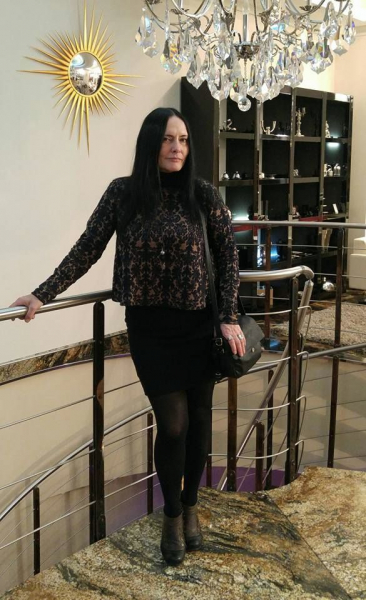
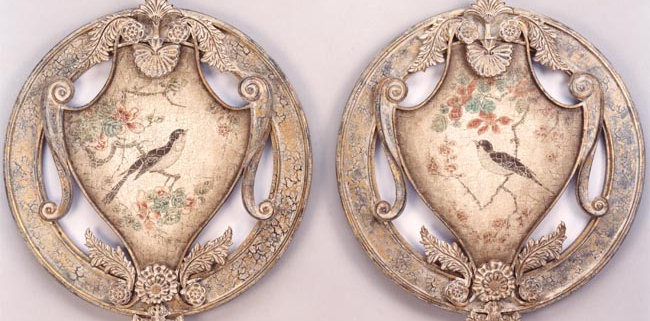
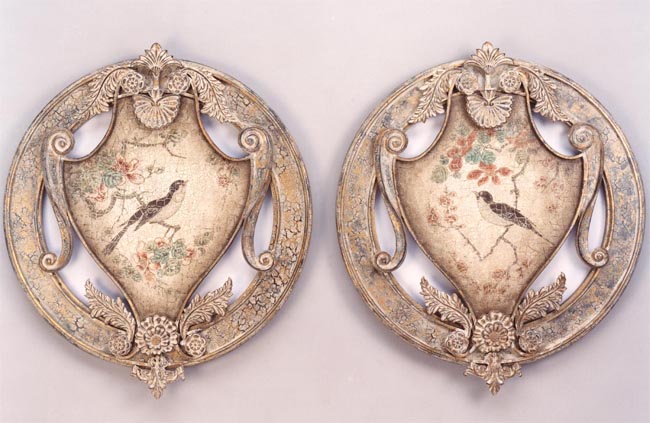
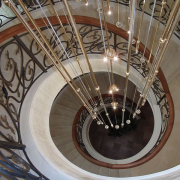

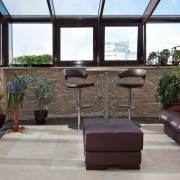


Leave a Reply
Want to join the discussion?Feel free to contribute!